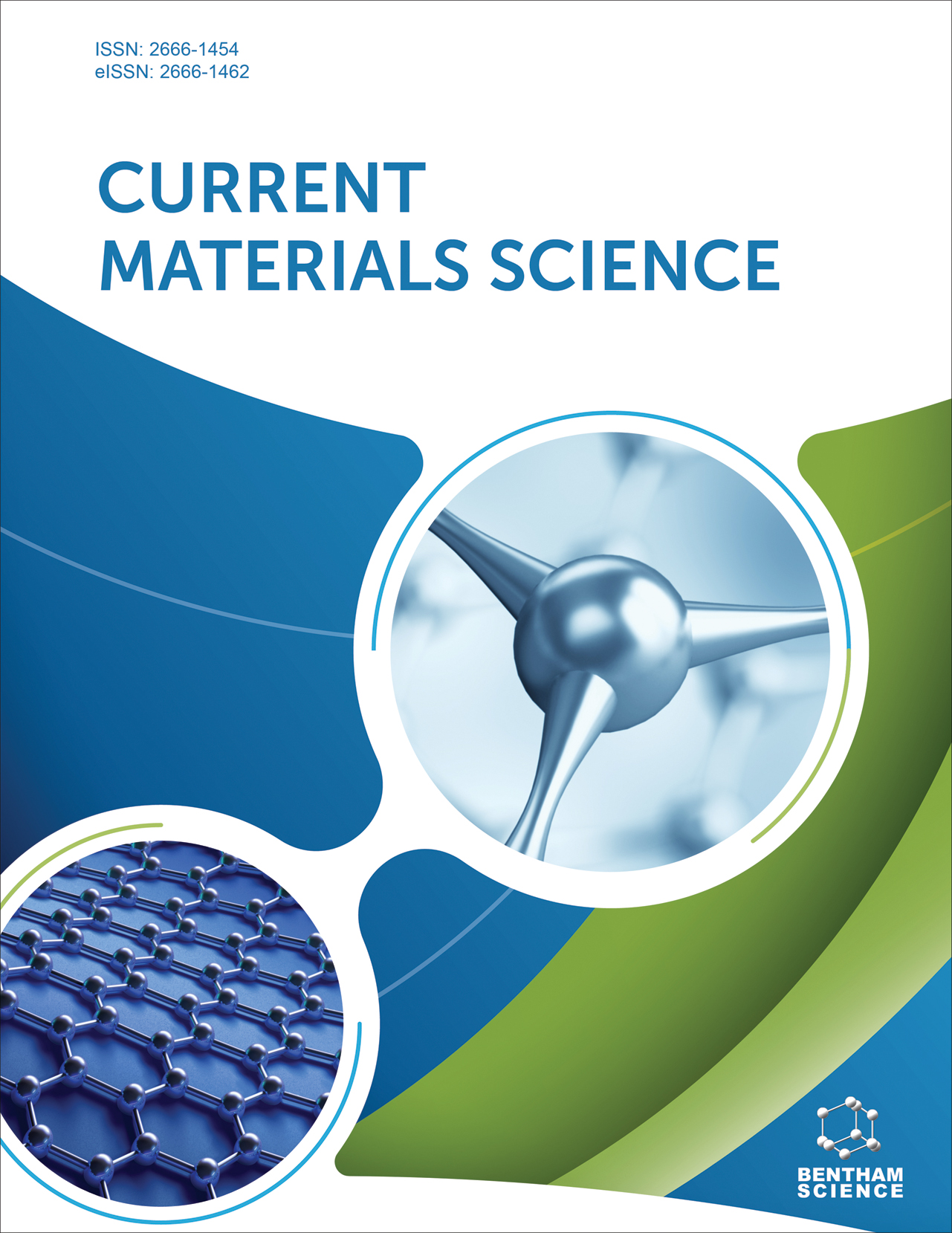
Full text loading...
We use cookies to track usage and preferences.I Understand
Sustainable synthesis of γ-valerolactone (GVL) from levulinic acid (LA) offers a sustainable approach to converting biomass-derived feedstocks into valuable chemicals and fuel additves. Cu-Hydroxyapatite (Cu-HAp) catalysts are potential candidates for vapor-phase hydrogenation of LA to GVL due to their enhanced catalytic activity and selectivity through Cu nanoparticle support.
This study aimed to investigate the catalytic performance of Cu-HAp catalysts in the hydrogenation of levulinic acid to γ-valerolactone. The primary goal was to optimize reaction conditions and assess the enhanced catalytic activity and selectivity.
The influence of copper loading, reaction temperature, and catalyst stability was evaluated. Moreover, the effect of time on stream (TOS) on LA conversion and GVL selectivity was examined by the best optimised Cu/HAp catalyst.
Cu-HAp catalysts exhibited favorable catalytic performance, with optimal conditions at approximately 5 wt% copper loading. At this loading, maximum LA conversion (60%) and GVL selectivity (90%) were achieved after 8 hours on the stream at 265°C and 0.1 MPa conditions.
The study demonstrates the efficacy of Cu-HAp catalysts for the hydrogenation of levulinic acid to γ-valerolactone. The findings indicate that as the copper loading increases from 2 to 20 wt%, the conversion of LA and the selectivity to GVL both decline. The analysis further implies that the dispersion of Cu species corresponds directly to the activity observed during the LA hydrogenation. The conversion of LA rises with a higher reaction temperature ranging from 250-320°C, although the selectivity of GVL decreases above 265°C. The catalyst's stability is crucial for maintaining efficient catalytic activity over time, with observed deactivation attributed to Cu metal particle aggregation and coke formation on active sites. The findings contribute to the development of robust catalyst systems for biomass-derived chemical transformations.

Article metrics loading...

Full text loading...
References


Data & Media loading...

